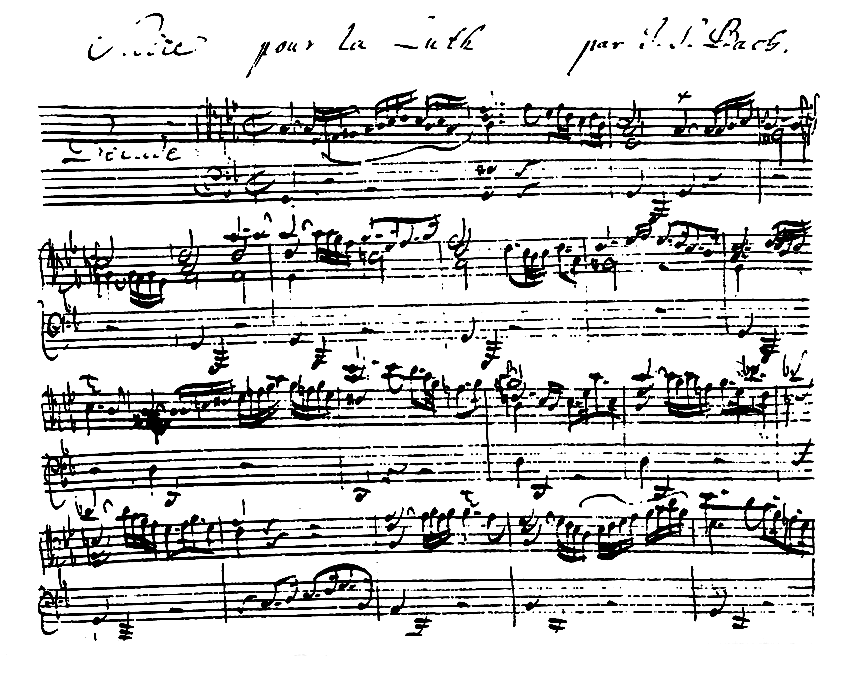
On a spring morning in 1789 a young man in his early thirties was visiting the St. Thomas Church in Lepzig when he heard the choir singing a Bach motet. The man asked, "What is that?". After he heard what it was he then asked for all the voice parts available and, laying them out around him, managed to piece the music together in his mnd while others present drew back respectfully.This respect was well placed, for the man so engrossed in those dusty old voice parts was Mozart, and when he left that day he carried with him a small piece of that manuscript as a treasured possession. He also carried much more: striking new insights into musical composition, resulting at last in his own sublime use of complex contrapuntal textures inspired by Bach's trailblazing techniques.
When only eleven years old, Beethoven had recognized the essential value of Bach. His late works, especially the quartets, bear the unmistakable Bach trademark. Liszt, Haydn, Mendelssohn, Schumann, Brahms, Wagner all came under the influence of the great master who failed to recognize his own worth and whose basic contribution to music was so poorly regarded by his contemporaries that almost a century was to pass before the full measure of his towering genius would begin to enrich the world(Bach).